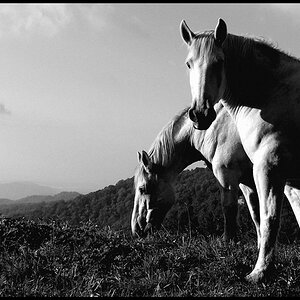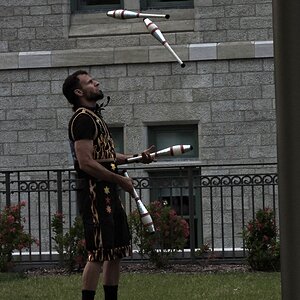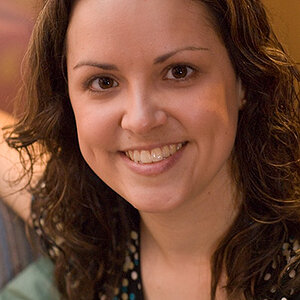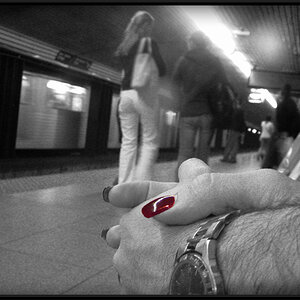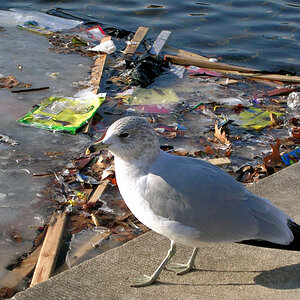llamov
TPF Noob!
I was a professional photographer more than 2o years ago. I also taught classes in black and white photography. After I closed my studio, I sold all my gear and went on to other things.
I now find myself with a desire to make images once more, but I have little knowledge of digital equipment and processes other than an inexpensive digital point and shoot. I have no darkroom or darkroom equipment. I do still have all my stainless steel tanks and reels for developing film.
What I'd like to do is once more start shooting 35mm Tri-X in a Nikon F3, FE, or FM and developing the film in HC-110. This is the equipment and the materials with which I'm most comfortable. My problem is, how do I go about from there making images for my computer or making prints.
Does scanning the negs result in anywhere near the quality I used to get in the darkroom?
Any help would be appreciated.
I now find myself with a desire to make images once more, but I have little knowledge of digital equipment and processes other than an inexpensive digital point and shoot. I have no darkroom or darkroom equipment. I do still have all my stainless steel tanks and reels for developing film.
What I'd like to do is once more start shooting 35mm Tri-X in a Nikon F3, FE, or FM and developing the film in HC-110. This is the equipment and the materials with which I'm most comfortable. My problem is, how do I go about from there making images for my computer or making prints.
Does scanning the negs result in anywhere near the quality I used to get in the darkroom?
Any help would be appreciated.


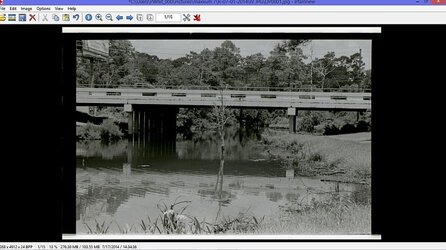

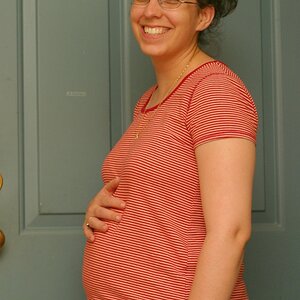
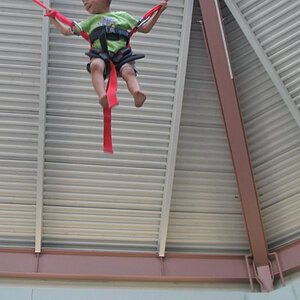
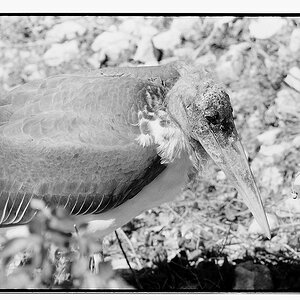

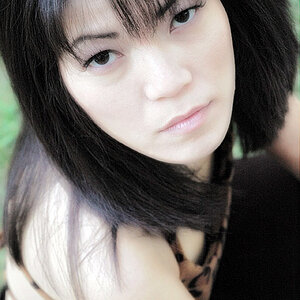
![[No title]](/data/xfmg/thumbnail/42/42276-99df5da06c3e5dc83ae4bab11e935910.jpg?1619740085)
